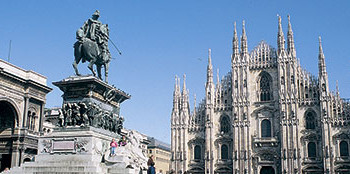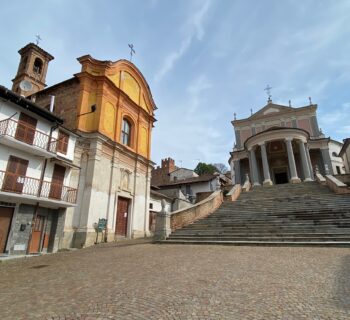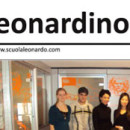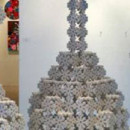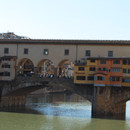Since Greek times, if not earlier, variously arranged dots have been used, as they are today, to indicate pauses in sentences. From the ancient Romans we inherited the comma: called in Latin virgula, which is a small rod (a small and thin stick).
The invention of the question mark and the exclamation mark is due to the creativity of the medieval scribe monks. In their tireless work of copying ancient manuscripts to pass them on to future generations, professional writers were faced with the problem of graphically expressing doubt and wonder.
From the abbreviation of the Latin word quaestio (question) placed at the end of sentences with an interrogative sense, the question mark is born, which is nothing more than a graphic transformation of the letters "q" and "o", written one above the other.
The story of the exclamation point is similar: it derives from the Latin expression io (hurray) and represents another graphic evolution of the overlapping of the two letters placed at the end of a sentence to indicate joy or surprise.
Small etymological note: the word amanuensis derives from the Latin servus a manu, which was the term with which the Romans defined the scribe, i.e. the figure of someone who, before the invention of printing, copied handwritten texts for a living in the service of private individuals or in writers' centers.
Scuola Leonardo da Vinci Turin
The welcoming friendly atmosphere of our school will make you feel at home and you can relax with your classmates in the small gardens of the adjacent pedestrian area.






